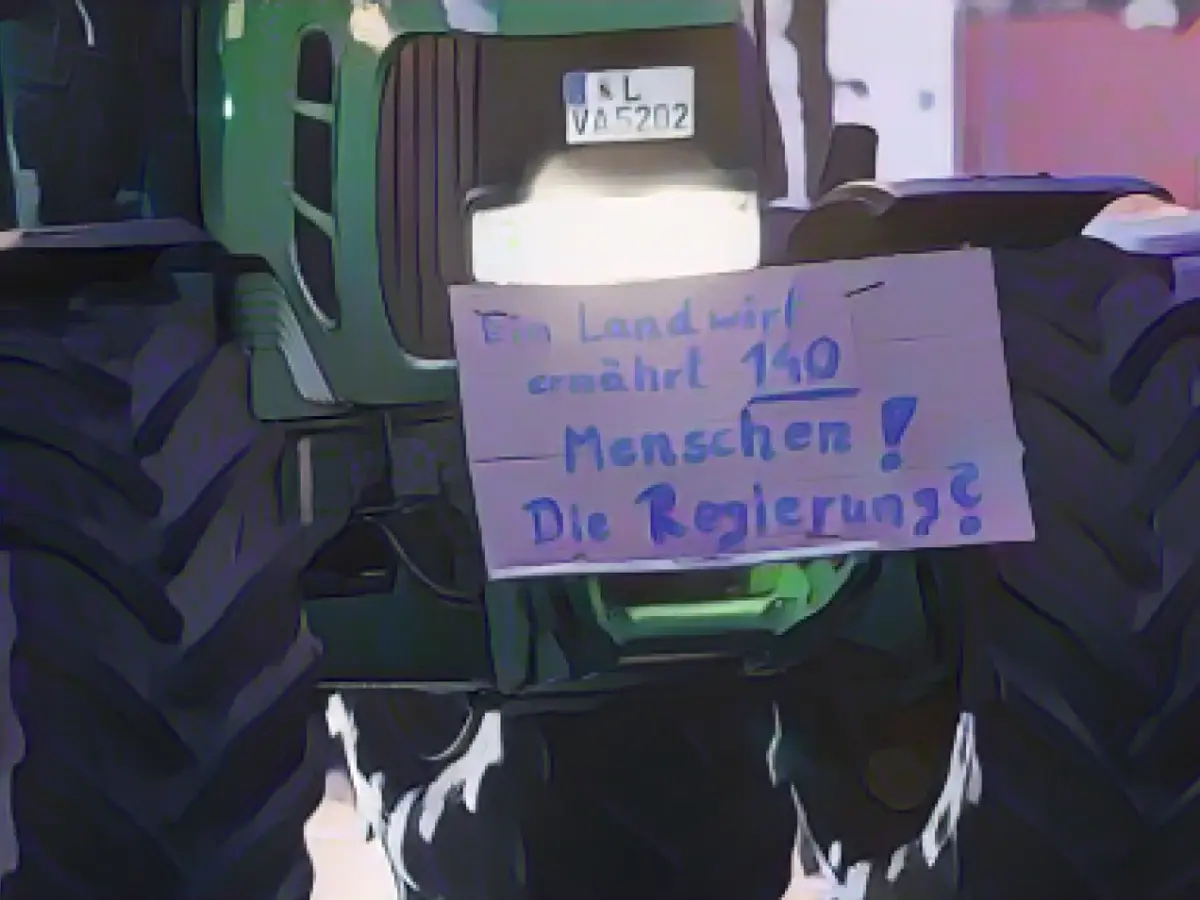Modernizing agriculture in Saxony-Anhalt has witnessed a dramatic shift over the past decade. According to the State Statistical Office and Agriculture Minister Sven Schulze (CDU), there's been an unwavering push towards organic farming. Data from the Agricultural Structure Survey shows a substantial drop in the livestock population of sheep, cattle, and pigs in Saxony-Anhalt over the last decade.
Michael Reichelt, the President of the State Statistical Office, commented, "The agriculture in Saxony-Anhalt is undergoing a radical metamorphosis due to the rising concern for ecosystem preservation and technological advances."
Simultaneously, it hasn't lost its economic importance. In 2022, agriculture in Saxony-Anhalt saw an addition of approximately 20,800 jobs, as per the statistics authority. Agriculture contributed almost 1.9 billion euros to the state's gross value added, which is roughly 2.6% of the total gross value added in the region. Only in Mecklenburg-Vorpommern does agriculture account for a higher percentage, at 3.7%.
Organic farming surge
In 2023, around 600 farms embraced organic farming. Since 2013, when there were just 342 such farms, this number has almost doubled. Similarly, the area dedicated to organic farming has doubled, as per the state office. In total, organic farming covers around 10% of the entire agricultural area.
The population of cattle has decreased by a staggering 19.5% (268,200 animals in 2023) over the last decade. The number of pigs has dropped by more than 27% (895,000), and the number of sheep has decreased by a significant 29.5% (62,500). However, the number of chickens has seen an impressive increase of over 51%, reaching nearly 13 million in 2023, bucking the national trend. Even in animal husbandry, the trend towards organic farming is evident.
The shift in agriculture in Saxony-Anhalt over the past decade has significantly influenced conventional farming, with organic farming becoming increasingly popular. According to the statistics, the number of organic farms in Saxony-Anhalt has nearly doubled since 2013, reaching approximately 600 in 2023.
This evolution in farming practices can be attributed to several factors. The rising demand for organic and sustainably produced food, consumer preferences for healthier and more environmentally friendly products, and the implementation of subsidies and policies encouraging organic farming are significant drivers. Additionally, the reduction of chemical use for organic farming practices can lead to cost savings, making organic farming economically viable.
Environmental concerns also play a crucial role. For instance, the decline of lignite mining in Saxony has led to improved air quality, making the region more ideal for organic farming that reduces chemical usage and promotes natural processes. Moreover, regenerative agriculture practices focused on enhancing soil fertility and biodiversity have become increasingly popular in organic farming.
Furthermore, the resilience of organic farming to climate change, the promotion of biodiversity and ecosystem services, and projects focusing on converting monospecific pine stands into mixed stands of red oak and Douglas fir contribute to the growth of organic farming in Saxony-Anhalt.
As for the decline of conventional livestock populations, this can be attributed to factors such as the shift towards organic practices, animal welfare concerns, market dynamics, and regulatory changes that favor organic farming.








